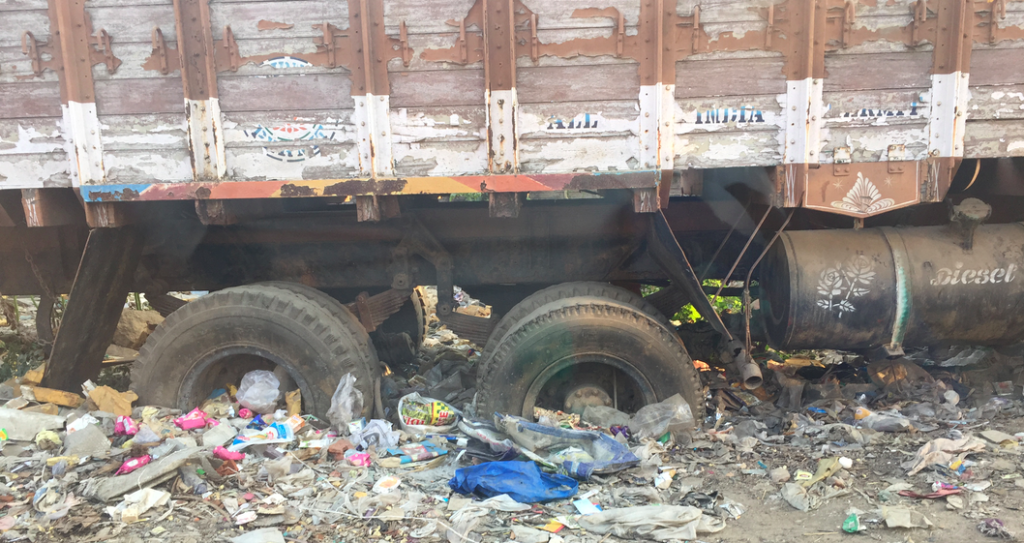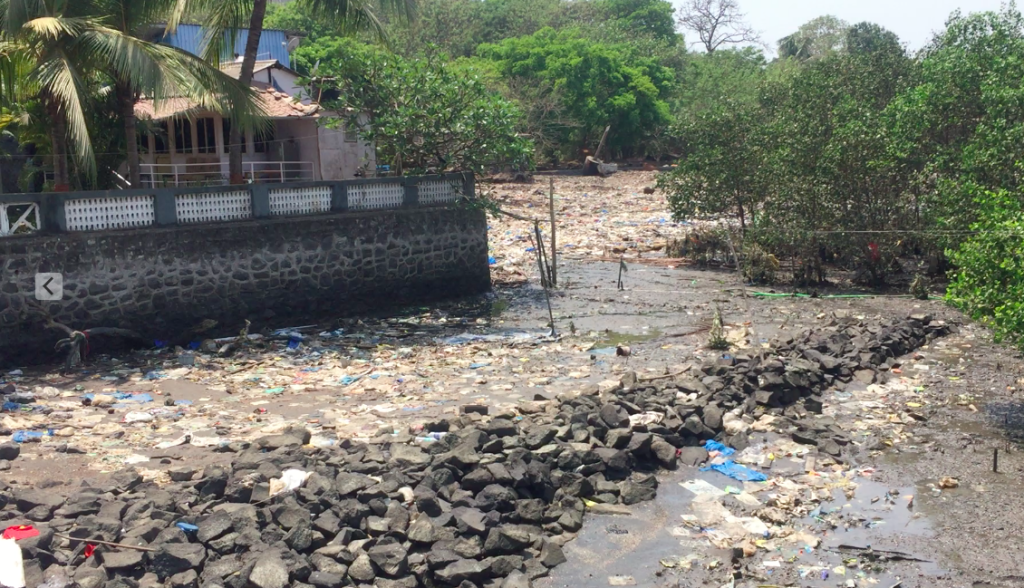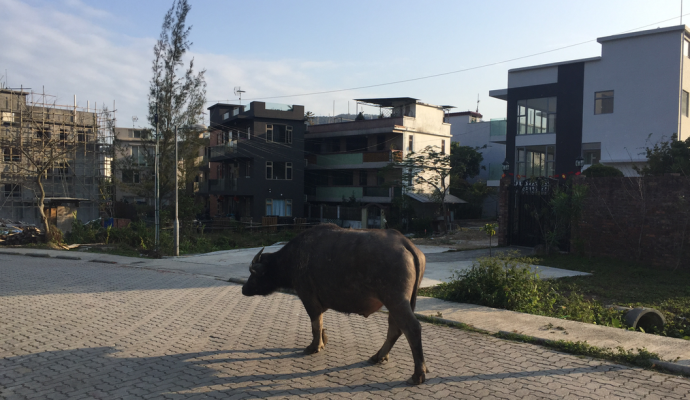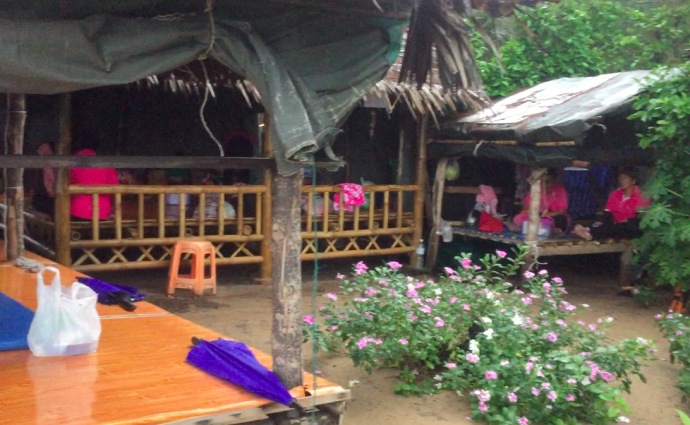
The Elephant Island, Mumbai, India. Island number 16 (out of 100), country number 13 (out of 25), month number 15 (out of 100.)
Elephant island is a small island just outside Mumbai that you easily reach by a ferry that leaves just behind the famous Gateway to India-monument. Mumbai itself is built on seven island (that merged into one landmass over time) – so as a man hocked on islands it of course is a city that attracts me.
It’s a crazy, vibrant, buzzing, chaotic place.
A place where all people, from all kinds of cultures, backgrounds, social classes, religions and ethnicities mix in a big explosion that some people find overwhelming, stressful and annoying. I too find it overwhelming, but I love it. Not all of it, but the whole of it.
Mumbai is a magnifying glass of humanity. It’s like if someone took the whole humanity and squeezed it on to those seven little islands that was merged into one.
It’s vibrant – but it’s not always pretty.
Just like how humanity, at the moment, is vibrant but, in some aspects, ugly.
We know that.
When you come to India, when you come to Mumbai you see it. You feel it. You become aware of it.
The clash between rich and poor.
The unsustainable environmental mistakes that pollutes our planet.
The rapid development and innovation side by side with stubborn traditions.
It’s all on high display in the human magnifying glass that is Mumbai.
Some people get uncomfortable when these less beautiful sides of humanity are in plain view – I actually prefer when you can see the problems. Not because I am less appalled by them, but because living in a part of the world where they are not visible doesn’t mean that they do not exist, or that you are not part of the same problem.
That T-shirt that you bought was made by a poor person, just not a poor person in your country.
Those mangoes that you bought might very well be grown by a farmer using toxic pesticides.
Those mangroves being torn down for a luxury resort might be paid for by your pension fund, etc
When you see them you become more aware of them, when you become more aware of them you get more determined to have them fixed.
And when you are in the middle of it you realise that we are not living on 7 separate continents, we are living on one interconnected land mass called Earth. The word “Continent” comes from the Latin “terra continens” which means ‘continuous land’. So the main meaning here is “continuous”. And if we, as humanity, want to have a positive continuous evolution here on Earth it’s time we start looking as the planet as one continuous mass of land and sea. Time to start looking at solutions that are good for us as humans. Time to get serious about solving the biggest problems facing all us here.
Or if I should try to sum it up in a slogan inspired by the picture at the top: “It’s better to stick our heads into the trash than to burry our heads in the sand.”
That was the thoughts that became clear to me while I was visiting the Elephant Island just outside the seven islands of Mumbai that merged into one.
Fredrik Haren, aka “The Island Man”, plans to visit 100 islands, in at least 25 countries, on at least 6 continents – in less than 100 months. The purpose of this “World Tour of Islands” is to get a better understanding of the world, a deeper understanding of the people who live here and a broader understanding of life. The Elephant Island was island number 16, country number 13 and month number 15. (Countries visited so far: China, Sweden, Maldives, Austria, Nigeria, Vietnam, Egypt, Indonesia, USA, Malaysia, Thailand, Hong Kong and India.)










